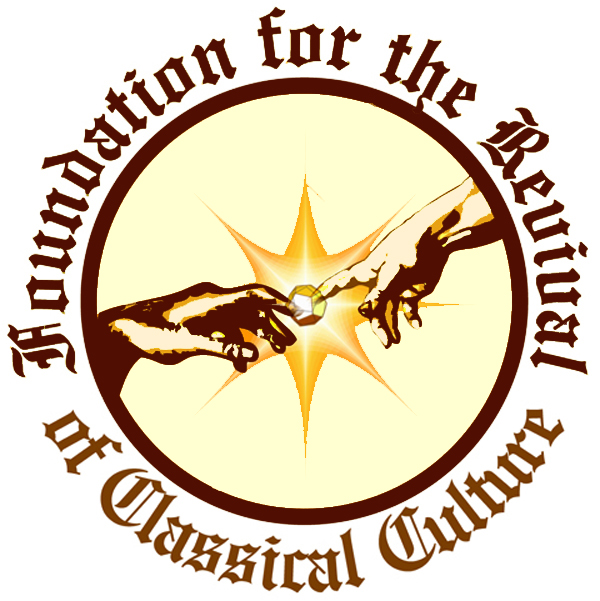DAILY DOSE of BEETHOVEN (October 30, 2020)
Beethoven's settings of Scottish and Irish folk songs were presented in the posting of September 11, 2020. But let us recapitulate, and add a few more discoveries, concentrating, for now, on Scotland. One cannot separate the music from the great sorrow visited upon the people.
Classical music began to grow in Scotland in the late 18th century as visiting Italian opera singers performed bel-canto versions of Scottish songs and airs, drawing attention to the true value and beauty of such songs. Scotland began to develop its own classical composers, such as Thomas Erskine (1732-81), who had studied in Germany. Here is a work by Erskine:
In 1786, Scotland's national poet Robert Burns, collaborated with James Johnson to create the "Scots Musical Museum", which by 1803 grew to 600 folk songs—about a third of them contributed by Burns, who also edited the collection.
This growth did not take place in a political vacuum. After the crushing of the Jacobin uprising at Culloden in 1746, a long process known as the "Highland Clearances" was set into motion that lasted well into the 1800's. Land was expropriated from the highlanders for the more lucrative practice of sheep-grazing; entire villages were burnt down, and the highlands were depopulated, as many emigrated. There is a sadness to many of the songs, whose origin must be acknowledged.
The largest number of emigrants went to Cape Breton Island, in Canada's province of Nova Scotia. They felt it incumbent on them to keep highland traditions alive, including Gaelic and fiddling. Here is a video of Cape Breton Island's Jerry Holland playing traditional Scottish highland music. It features the rhythmic "Scottish snap" which Antonin Dvorak found so useful in composing his New World Symphony. Dvorak found that African-American music, and Native-American music both utilized it:
Our purpose here though, is not only to discuss the origin and beauty folk music, but to also classical music's role in uplifting honest folk music to a higher level of thought, emotion, and morality.
Here is an example in poetry: Frank McNies' poem on the “Highland Clearances” expresses rage and anger:
The Highland Clearance
The rain that makes our Highlands green
tears from broken hearts
torn from life that's always been
forced to foreign parts
the highland soul from homeland wrenched
blind loyalty betrayed
the thirst for money must be quenched
decency forbade
of what importance a family's home
that stands in rich man's way
when he needs the fields for sheep to roam
and his tenants cannot pay
forsaken is the chieftains pledge
to hold his clansmen true
force them to the waters edge
to a life they never knew ...
As justified as such rage and anger might be, it changes nothing. Historian Richard Sanders has suggested that Burn's poem "To a Field Mouse" is not about a mouse at all, but about the clearances. Mice have no concept of theft, and theft of food by starving people was punished harshly, even though the theft was minor.
Burns provides something that might move all hearts:
I doubt not, sometimes, that you may steal;
What then? Poor beast, you must live!
An odd ear in twenty-four sheaves
Is a small request;
I will get a blessing with what is left,
And never miss it.
Entire villages were burnt down during the highland clearances.
Your small house, too, in ruin!
Its feeble walls the winds are scattering!
And nothing now, to build a new one,
Of coarse green foliage!
And bleak December's winds ensuing,
Both bitter and piercing!
You saw the fields laid bare and empty,
And weary winter coming fast,
And cozy here, beneath the blast,
You thought to dwell,
Till crash! The cruel plough passed
Out through your cell.
Burns also collaborated with publisher and music collector George Thompson, on “A Select Collection of Original Scottish Airs”, published from 1793 to 1818, which adapted Scottish folk-songs with classical arrangements. Although Erskine and others were launching a Scottish school of composition, Thompson reached out to the very highest, including Joseph Haydn. In 1809, Beethoven began to compose many of these classical arrangements for Thompson, and continued to do so for over a decade. Thompson ended up publishing 125 of them.
Robbie Burns must have certainly been aware of Beethoven, as he was of George Washington. From his Ode on General Washington's Birthday (which got him into a lot of trouble in Britain):
Ode For General Washington's Birthday 1794
No Spartan tube, no Attic shell,
No lyre Aeolian I awake;
'Tis liberty's bold note I swell,
Thy harp, Columbia, let me take!
See gathering thousands, while I sing,
A broken chain exulting bring,
And dash it in a tyrant's face,
And dare him to his very beard,
And tell him he no more is feared-
No more the despot of Columbia's race!...
Beethoven complained that Thompson had not familiarized him enough with the sentiments of his native land, and indeed, it would seem that in many cases, Thompson had Beethoven arrange the melody, and provided the words later. That would have put Beethoven at a severe disadvantage. Nevertheless, his genius shines through.
Good performances of these works are hard to find, perhaps because of these problems. We present here, performances that capture some of their true depth.
Click on " show more", and you will see the titles, and starting times.






